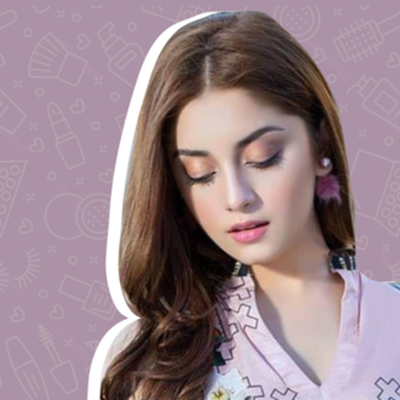Practical Tips on Embroidery Digitizing for Stunning Blends
Posted By beauty hooked
Body
Embroidery can't always be expected to be limited to simple designs that involve two to three colors at the max. In fact, embroidery designs should be able to provide as much of vibrancy and 'wow' appeal as print designs do. As designers get bold with their logos and imaginations, machine embroidery too needs to be explored to be able to stay in step with this creative wave.
Be it the individual client or multinational giant, everyone demands a little spirit and variety in their designs these days. This brings awe-inspiring artwork to the digitizer's desk with lots of hues blended together for that magnificent effect. Think vibrant wings, leaves, sunsets and entire sceneries that need to be recreated in embroidery to give the end-user a creation that's timeless in appeal. This makes it all the more important for the modern digitizer to master the skills that can help him/her deliver spectacular designs. Click here Embroidery Digitizing
In order to master blended designs in machine embroidery, we've put together the following practical tips that can be used and improvised upon to bring about professional results:
The Foundation
Every professional embroidery digitizer understands the importance of underlay in digitization. After all, a well-laid foundation is the secret behind the sustenance and strength of any creation. This is why putting down the underlay to hold the shape is the first and foremost step towards the success of a blended design. You can choose to put down a manual or automatic underlay tracing the contours of the design in combination with lattice depending on the design. However, do make the underlay go in the opposite direction of the top stitch so that it penetrates the design in a different manner, protecting the fabric.
The First Layer
Pick the most prominent color in the design and keep the fill on the first layer slightly bigger than the underlay. It's best put a .02 inch inset, use contour and lattice underlay and keep the stitches at a 45-90 degree angle. Digitize the stitches to move downward with a density of 55-70 spi.
Adding the Blend
Now is the time to add in the blend layer before the detail, the cover stitches. We recommend keeping the blend density between 15 and 20 spi, and not using any more underlay as the foundation has already been set.
The Detail Layer
The final touches for your design - digitize this layer to add definition to the shape, add desired details and also cover up any loose ends left by the fills used previously. You could digitize this distinctive layer to include run stitches or even satin stitches. Also, since this will be the last and defining layer on your design, we suggest keeping the density highest for this one at about 55-70 spi.
Simply put together these steps and you'll be working your way to a beautifully blended design with seamless layering, winning even the amateur embroidery digitizer kudos. However, do feel free to improvise and adjust on the above to suit your design.
Be it the individual client or multinational giant, everyone demands a little spirit and variety in their designs these days. This brings awe-inspiring artwork to the digitizer's desk with lots of hues blended together for that magnificent effect. Think vibrant wings, leaves, sunsets and entire sceneries that need to be recreated in embroidery to give the end-user a creation that's timeless in appeal. This makes it all the more important for the modern digitizer to master the skills that can help him/her deliver spectacular designs. Click here Embroidery Digitizing
In order to master blended designs in machine embroidery, we've put together the following practical tips that can be used and improvised upon to bring about professional results:
The Foundation
Every professional embroidery digitizer understands the importance of underlay in digitization. After all, a well-laid foundation is the secret behind the sustenance and strength of any creation. This is why putting down the underlay to hold the shape is the first and foremost step towards the success of a blended design. You can choose to put down a manual or automatic underlay tracing the contours of the design in combination with lattice depending on the design. However, do make the underlay go in the opposite direction of the top stitch so that it penetrates the design in a different manner, protecting the fabric.
The First Layer
Pick the most prominent color in the design and keep the fill on the first layer slightly bigger than the underlay. It's best put a .02 inch inset, use contour and lattice underlay and keep the stitches at a 45-90 degree angle. Digitize the stitches to move downward with a density of 55-70 spi.
Adding the Blend
Now is the time to add in the blend layer before the detail, the cover stitches. We recommend keeping the blend density between 15 and 20 spi, and not using any more underlay as the foundation has already been set.
The Detail Layer
The final touches for your design - digitize this layer to add definition to the shape, add desired details and also cover up any loose ends left by the fills used previously. You could digitize this distinctive layer to include run stitches or even satin stitches. Also, since this will be the last and defining layer on your design, we suggest keeping the density highest for this one at about 55-70 spi.
Simply put together these steps and you'll be working your way to a beautifully blended design with seamless layering, winning even the amateur embroidery digitizer kudos. However, do feel free to improvise and adjust on the above to suit your design.












Comments